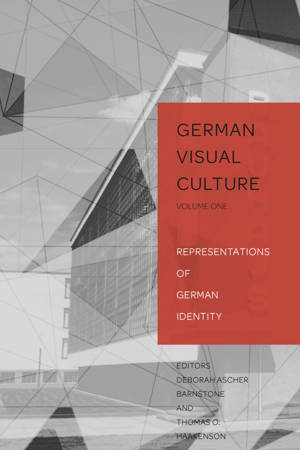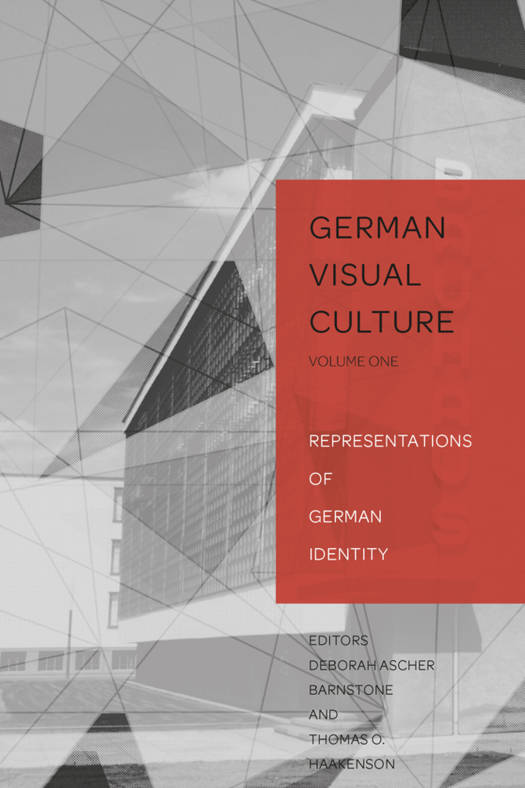
- Afhalen na 1 uur in een winkel met voorraad
- Gratis thuislevering in België vanaf € 30
- Ruim aanbod met 7 miljoen producten
- Afhalen na 1 uur in een winkel met voorraad
- Gratis thuislevering in België vanaf € 30
- Ruim aanbod met 7 miljoen producten
Zoeken
Representations of German Identity
€ 124,45
+ 248 punten
Omschrijving
Who is «German»? What defines «Germanness»? These questions about national identity have continued to confound both Germans and foreign observers in light of Germany's complex history: its changing borders between 1871 and 1989 make even a geographic definition of the nation complex, let alone allowing for a clear definition of the national character. Questions about German identity continue to play out not only in political discussions but also in visual cultural forms.
This essay collection examines the multi-faceted nature of German identity through the lens of myriad forms of visual representation. The contributors explore the nature of German national identity in different historical periods from the Middle Ages to the present and consider how conceptions of that identity have been depicted across the broad spectrum of visual culture: from painting to sculpture, advertising to architecture, television and film to installation art. Because of the unusual approach, the essays address broad questions about identity formation, authenticity, and affirmation in the German context. Together, the essays in this volume demonstrate the complexities of identity construction and offer new insights into the «German Question» from the perspective of visual culture.
This essay collection examines the multi-faceted nature of German identity through the lens of myriad forms of visual representation. The contributors explore the nature of German national identity in different historical periods from the Middle Ages to the present and consider how conceptions of that identity have been depicted across the broad spectrum of visual culture: from painting to sculpture, advertising to architecture, television and film to installation art. Because of the unusual approach, the essays address broad questions about identity formation, authenticity, and affirmation in the German context. Together, the essays in this volume demonstrate the complexities of identity construction and offer new insights into the «German Question» from the perspective of visual culture.
Specificaties
Betrokkenen
- Uitgeverij:
Inhoud
- Aantal bladzijden:
- 282
- Taal:
- Engels
- Reeks:
- Reeksnummer:
- nr. 1
Eigenschappen
- Productcode (EAN):
- 9783034308410
- Verschijningsdatum:
- 27/02/2013
- Uitvoering:
- Hardcover
- Formaat:
- Ongenaaid / garenloos gebonden
- Afmetingen:
- 150 mm x 226 mm
- Gewicht:
- 544 g

Alleen bij Standaard Boekhandel
+ 248 punten op je klantenkaart van Standaard Boekhandel
Beoordelingen
We publiceren alleen reviews die voldoen aan de voorwaarden voor reviews. Bekijk onze voorwaarden voor reviews.










